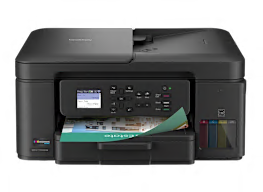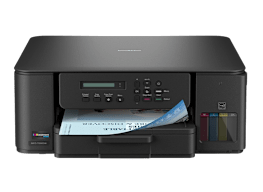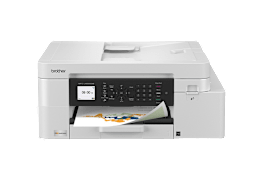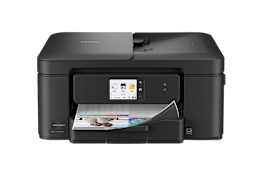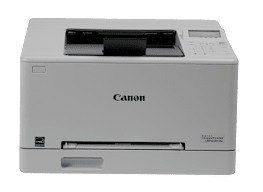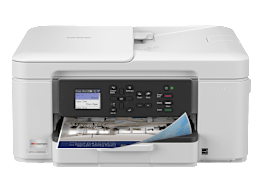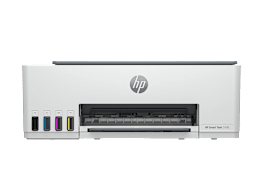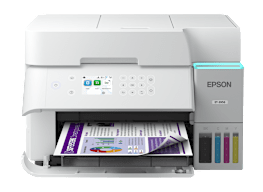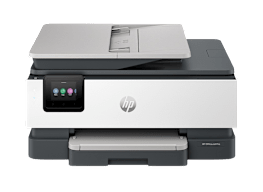Best Portable Photo Printers
We tested mini printers from Canon, Fujifilm, HP, and Kodak that promise instant prints, and found big differences in speed, convenience, and portability
When you shop through retailer links on our site, we may earn affiliate commissions. 100% of the fees we collect are used to support our nonprofit mission. Learn more.

While it’s fine to store your pictures on your cell phone, something magical happens when you actually hand someone a photo at a party and laugh about your best friend’s silly hat together. A snapshot can become something like an event.
Printer companies are finding ways to make these moments easier to come by with a new generation of portable photo printers. These devices can be truly tiny—the littlest ones will fit in your pants pocket, while the biggest ones can be easily carried in a medium-sized purse. They’re also relatively inexpensive, ranging in price from around $70 to just over $100.
I evaluated models from four different companies. They print using three distinct technologies (more on that below), but they all allow you to do the same thing: Take the printer to where the fun is and print out a physical keepsake in around a minute.
Each printer comes with its own smartphone app; you simply load your photo library (or whichever photos you’d like to share) and press Print. Out pops an image that’s completely dry and ready to share within a matter of seconds. A couple of models let you watch the images emerge during the printing process. That isn’t an advantage if you’re in a rush but can be a plus at a party.

Photo: Allen St. John/Consumer Reports Photo: Allen St. John/Consumer Reports


















